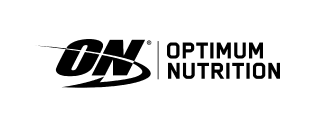- Health advice
- Sep 11, 2013
 If you currently spend too many hours at the gym and are looking for a different way to train, interval training might be your answer.
Interval training involves low to high intensity workouts that are spread apart and that include rest periods. This type of training can be done on a bike, while running, or rowing.
If you currently spend too many hours at the gym and are looking for a different way to train, interval training might be your answer.
Interval training involves low to high intensity workouts that are spread apart and that include rest periods. This type of training can be done on a bike, while running, or rowing.
What are the benefits to interval training?
- It improves your aerobic capacity to exercise at various intensities.
- It enhances your lactate threshold (the point at which lactic acid starts to accumulate in the blood stream).
- It boosts your metabolism, so you are likely to prompt fat loss.
- It burns more calories over a shorter period of time than longer steadier workouts.
Nutrition after interval training
When you do interval training, you deplete your stores of glycogen, which your muscles use for energy.The Sports Nutrition Team at Mr Vitamins always recommend WPI (whey protein isolate) or a hydrolysed protein for fast absorption and action. If you prefer vegan protein sources, PPI (pea protein isolate) or RPI (rice protein isolate) is ideal. It is best to have this concentrated nutrition within 15 minutes of completing your workout to get maximum results.
A more traditional recommendation is to eat a protein and carbohydrate meal no more than two hours after your workout. Some options are: sweet potato and fish or chicken, a peanut butter sandwich, low-fat cheese, a whole grain bagel with peanut butter, or a mix of nuts and fruits.
 If you who like protein shakes, choose one that has both carbohydrates and protein.
If you who like protein shakes, choose one that has both carbohydrates and protein.
Ask a Nutritionist at Mr Vitamins
Come into Mr Vitamins and ask the Sports Nutrition team for further recommendations.Related Articles
Recently Viewed
- ${ variant.price | currencyFromCents } | ${ variant.title } ${ variant.price | currency } | ${ variant.title }
Sale















